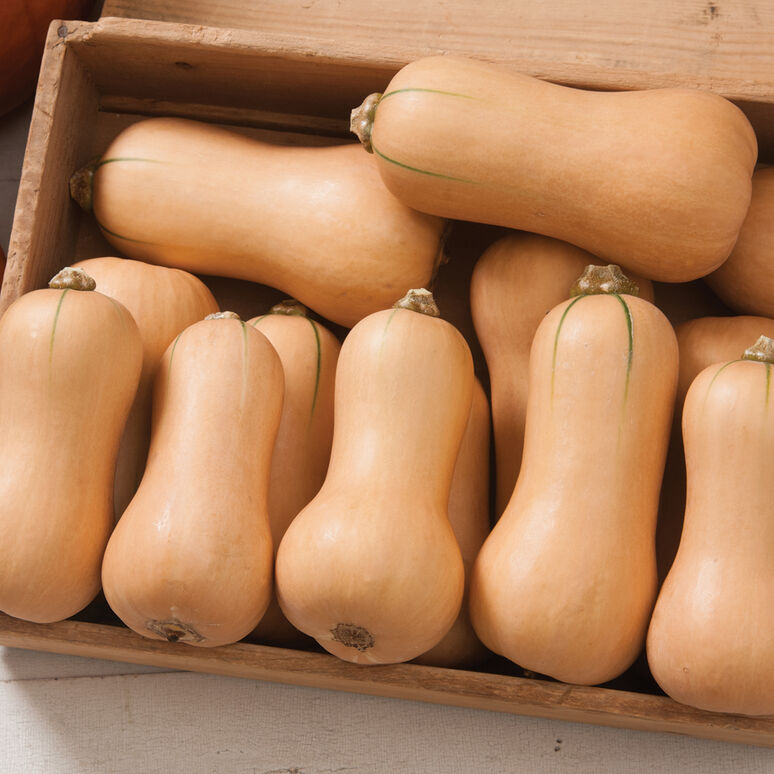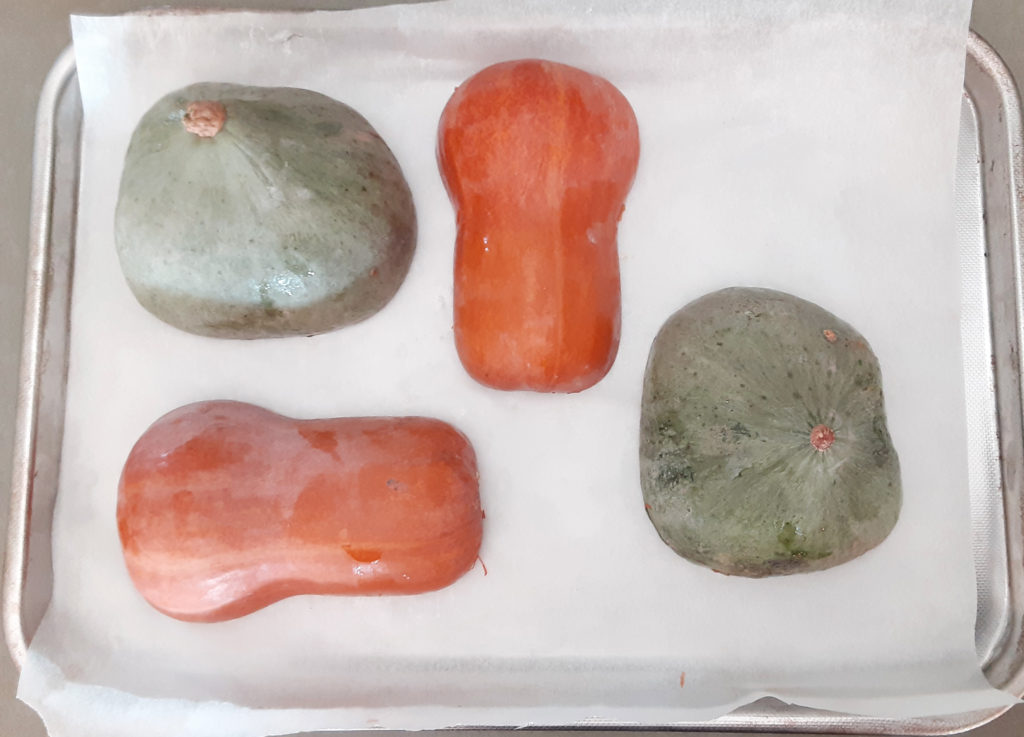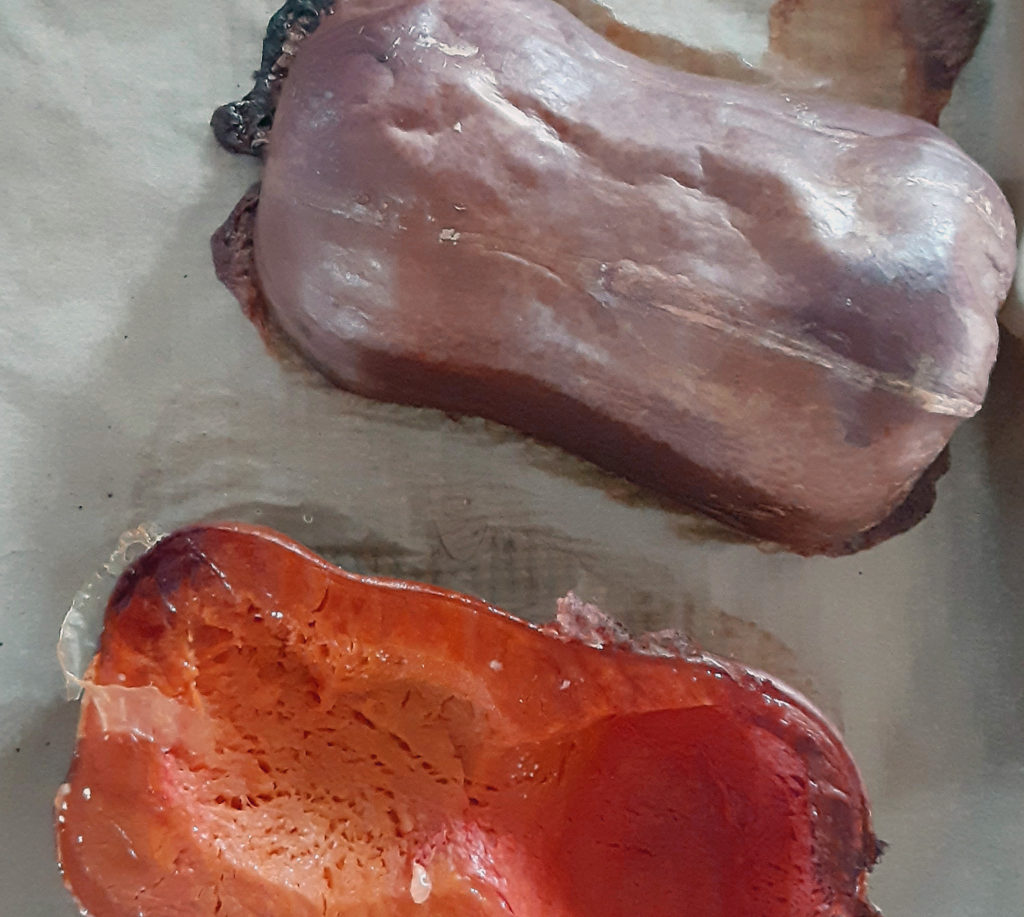Best Squashes for Beginning Gardeners
What to grow? If you’re a beginner at growing or eating squash, this post risks drowning you in too many choices. Want to keep it simple and move on? Here’s the quick take:
If it’s your first time, grow one or two kinds of squash.
If you like zucchini, or another less common type of summer squash (soft, easily cut ones that cook quickly) like yellow crookneck or patty pan, grow that. Summer squash is fairly easy to grow and famously generous. I don’t love summer squash, but that’s just one guy’s opinion. You do you. Some of my favorites in this category are ‘Costato Romanesca‘ zucchini and pale green patty pan, like ‘Benning’s Green Tint.’
If you are in the Southeast, mid-Atlantic, or mid-South states, and you like butternut squash, grow that, or its trendy cousin, honeynut squash. ‘Waltham’ butternut is the dependable standard, but if you’d like to grow a space-saving compact variety, try ‘Butterscotch PMR” or “Burpee’s Butterbush.” Both have done well for me.

If you are somewhere else, like out west or up north, grow one or two winter squashes you most like to eat. Delicata, along with butternut, is a choice that may be easier to grow than some. Choose one of the many buttercup, kabocha, or hubbard types from A.P. Whaley seed company or Fedco.

Unsure: Test in the Kitchen, then the Garden
If you don’t know what you like, go to the farmers market or the grocery store near you with the widest-ranging produce section and buy one of everything you can find. If it’s fall or early winter you’ll have a range of choices. If you do find a few different winter squash types, bring them home, cut each in half with a sharp, heavy knife, and scoop out the seeds. Follow my simple recipe for baked, halved squash.

Taste them all. The best squash for you to grow might be what tastes good to you. If it’s not fall or winter, and you don’t know what you like, you might not find much at the store. Read on to get my take on all the winter squashes, and grow what sounds interesting or delicious to you. Gardening is trial and error, that’s what makes it fun.
Kinds of Squash: The Deep Details
Squash is unusual among the common vegetables in that it’s not one thing at all. What we call squash is a group of a few different species of plant—related in the way a lion and a tiger are related, but just as distinct. In a grocery store on an autumn day you’ll find at least three species of squash. If you are curious about saving seeds to replant, it’s easier if you don’t grow more than one squash of the same species, so it’s worth learning what’s what. Allow me to introduce you to them formally, using their scientific names:
Cucurbita pepo – acorn, delicata, and spaghetti squash; most summer squashes like zucchini, patty pan, yellow crookneck; decorative round orange pumpkins.
Cucurbita maxima – buttercup, hubbard, and kabocha squash.
Cucurbita moschata – butternut squashes including the new trendy honeynut squash variety; caribbean calabaza.
If you dig deep into the diversity of American historical, new immigrant, and culinary worlds, you’ll find a lot more squashes. There’s even a fourth species, Cucurbita argyrosperma, the cushaw squashes. These are most often found in Texas and neighboring states of the mid-south and southwest.
